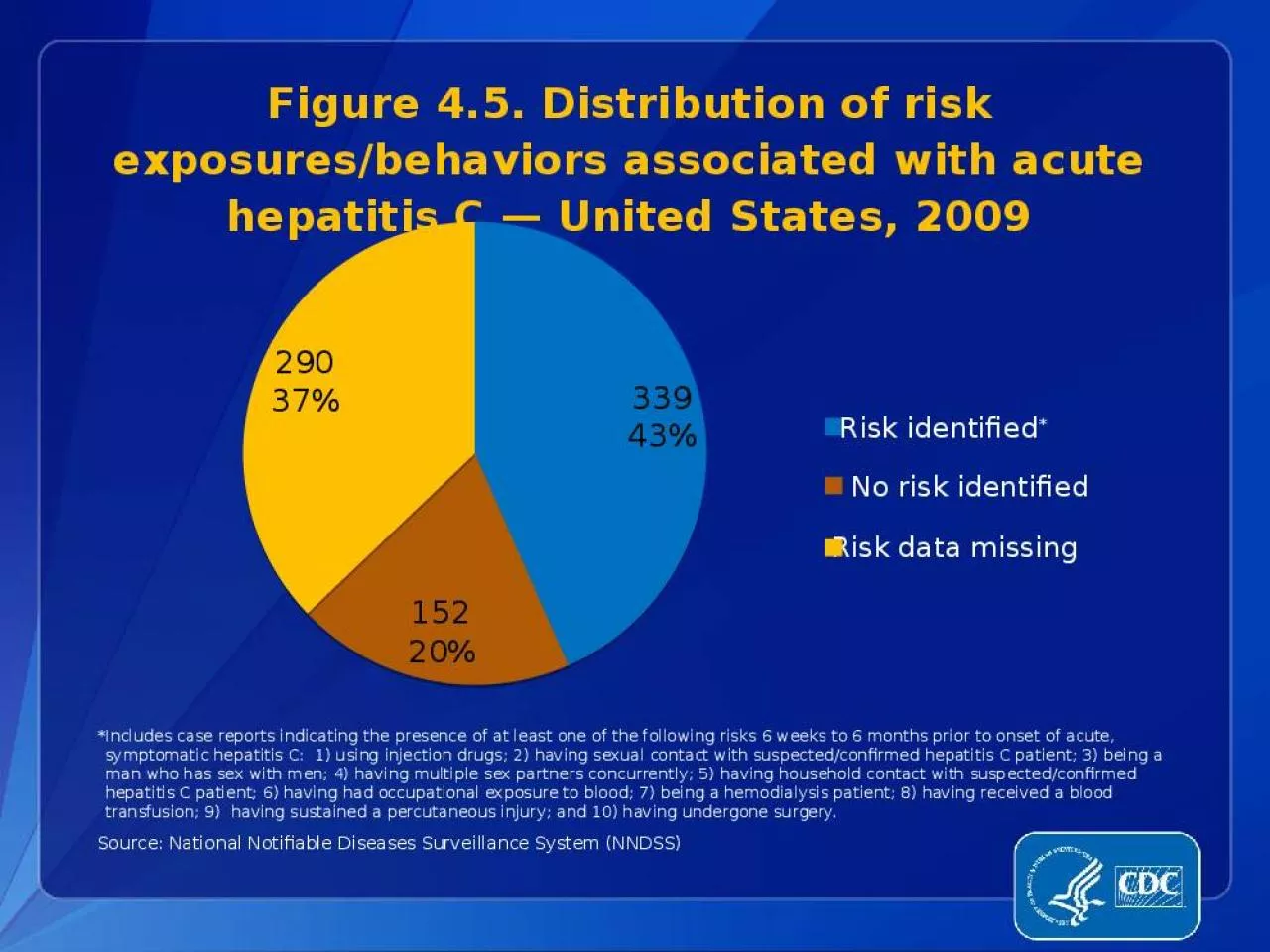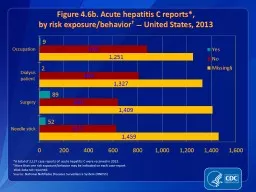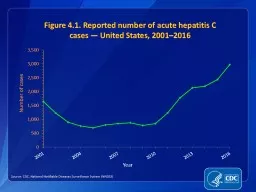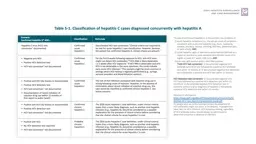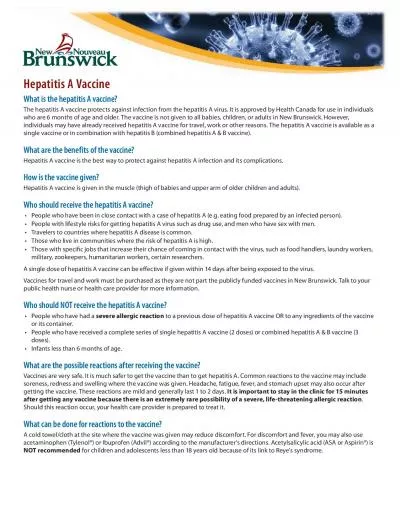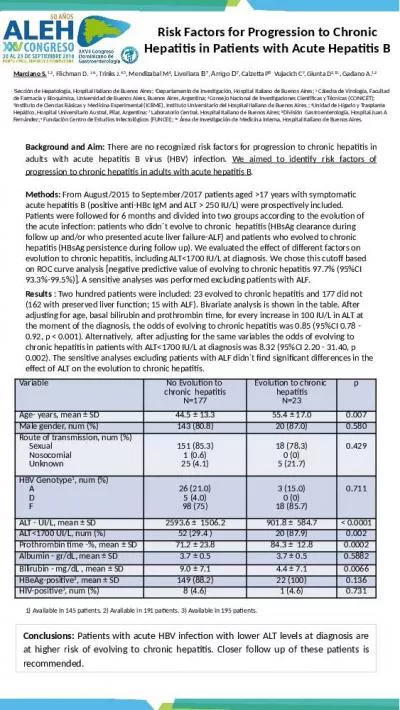PPT-Figure 4.5. Distribution of risk exposures/behaviors associated with acute hepatitis C
Author : zain | Published Date : 2024-09-06
Includes case reports indicating the presence of at least one of the following risks 6 weeks to 6 months prior to onset of acute symptomatic hepatitis C 1 using
Presentation Embed Code
Download Presentation
Download Presentation The PPT/PDF document "Figure 4.5. Distribution of risk exposur..." is the property of its rightful owner. Permission is granted to download and print the materials on this website for personal, non-commercial use only, and to display it on your personal computer provided you do not modify the materials and that you retain all copyright notices contained in the materials. By downloading content from our website, you accept the terms of this agreement.
Figure 4.5. Distribution of risk exposures/behaviors associated with acute hepatitis C: Transcript
Download Rules Of Document
"Figure 4.5. Distribution of risk exposures/behaviors associated with acute hepatitis C"The content belongs to its owner. You may download and print it for personal use, without modification, and keep all copyright notices. By downloading, you agree to these terms.
Related Documents

